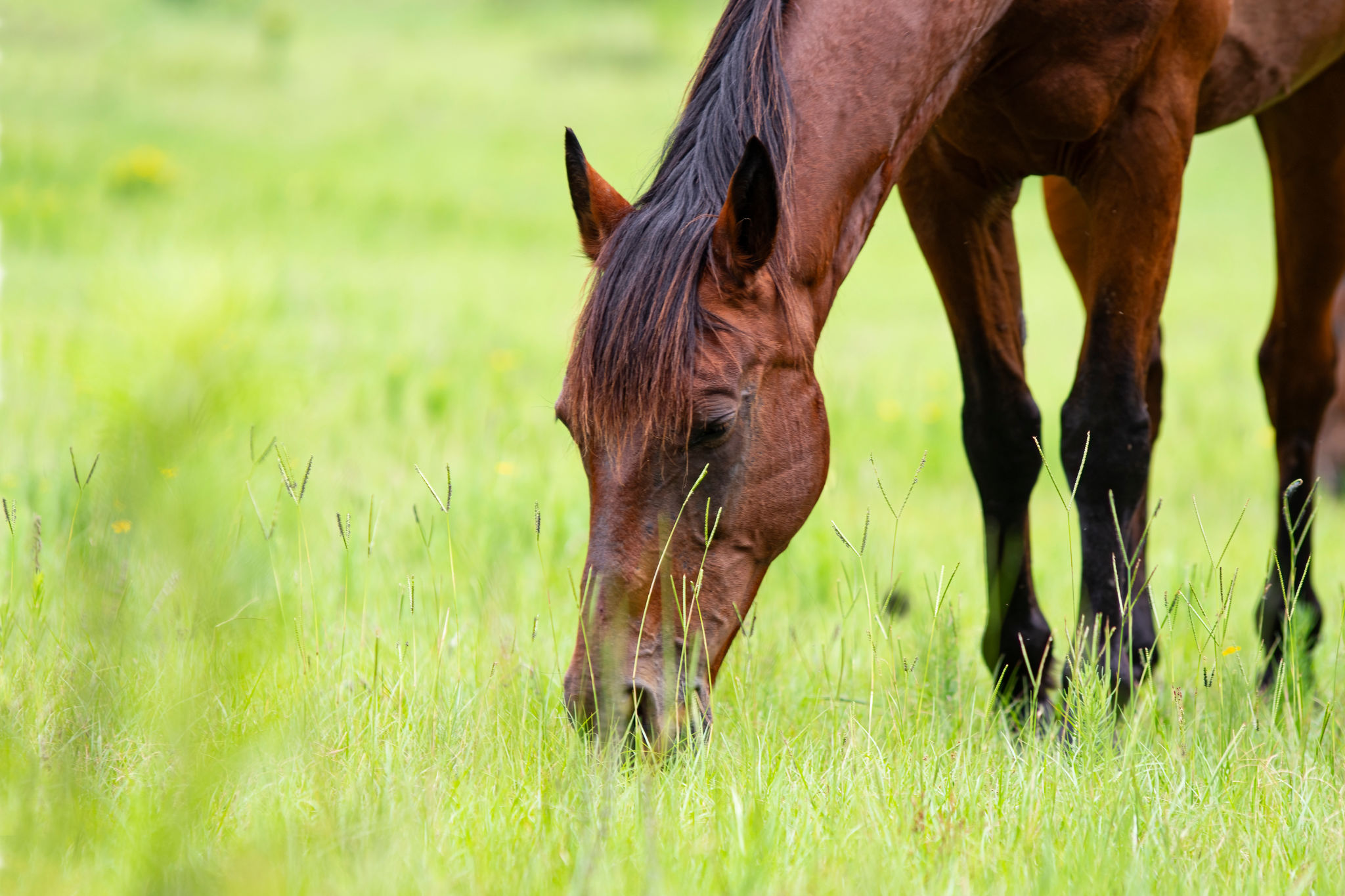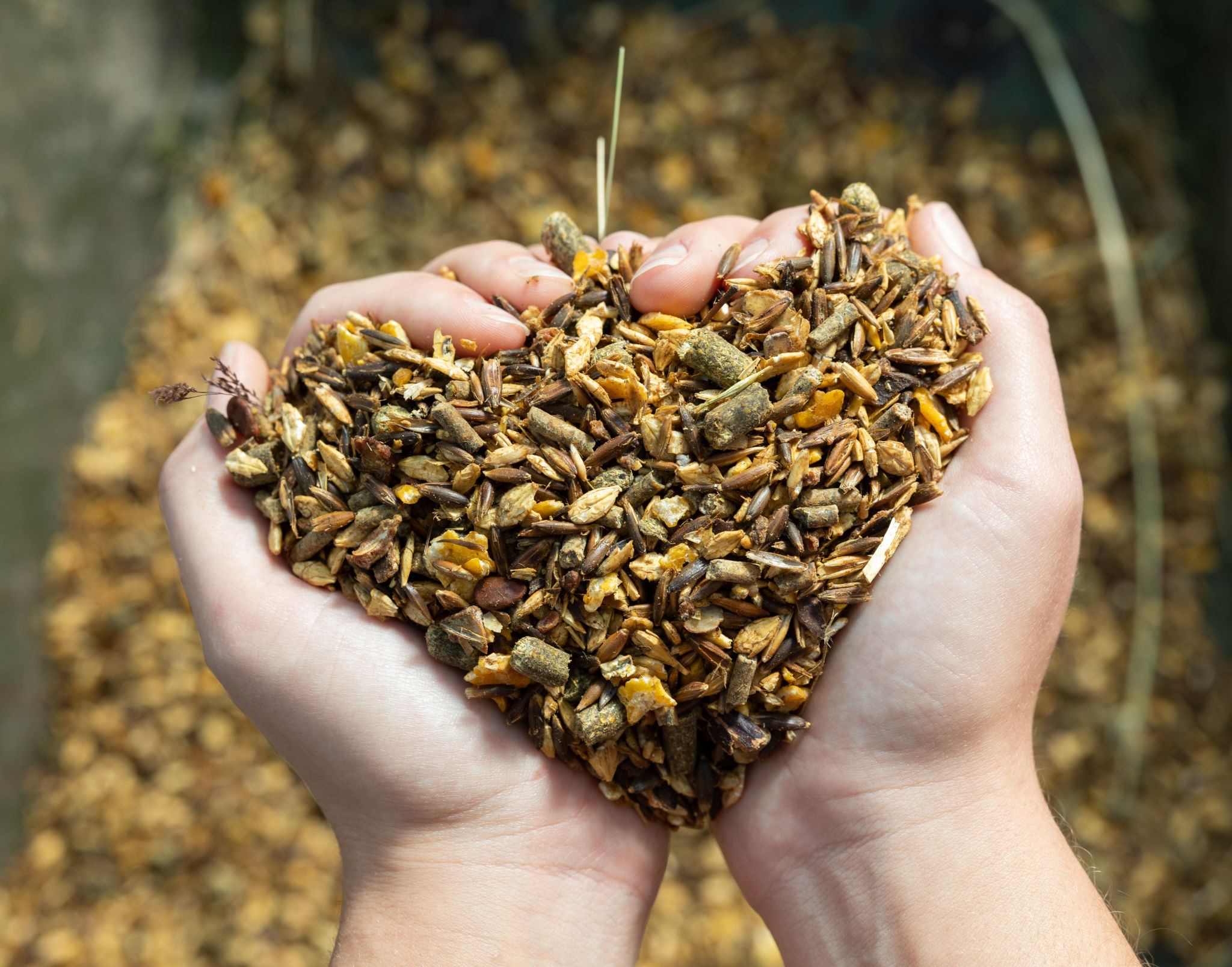DIY Hoof Care: What You Can Do Between Farrier Visits
Understanding the Importance of Hoof Care
Proper hoof care is crucial for maintaining the overall health and well-being of your horse. While regular visits from a professional farrier are essential, there are several steps you can take in between these visits to ensure your horse's hooves remain in top condition. Understanding the basic structure and function of the hoof will help you provide better care.

The hoof is a complex structure that supports the weight of the horse and absorbs shock. It comprises several components, including the hoof wall, sole, frog, and heel. Keeping each part healthy is key to preventing lameness and other hoof-related issues. Let's explore some DIY practices you can implement between farrier visits.
Daily Hoof Cleaning
One of the simplest yet most effective practices you can adopt is daily hoof cleaning. Using a hoof pick, remove any dirt, mud, or debris that may have accumulated in the hoof. This not only keeps the hooves clean but also allows you to check for any signs of damage or infection. Regular cleaning helps prevent thrush and other bacterial infections, which thrive in moist, dirty environments.

While cleaning, pay special attention to the frog, as it is prone to thrush. If you notice a foul smell or dark discharge, it might be an indication of thrush. In such cases, consider applying a thrush treatment product to keep the infection at bay.
Moisture Management
Maintaining the right moisture balance in your horse's hooves is crucial. Too much moisture can lead to softening and weakening of the hoof structure, while too little can cause cracks and brittleness. Depending on your climate, you may need to adjust your approach to moisture management.
- In wet conditions, ensure your horse has access to dry areas and consider using a hoof sealant to protect against excess moisture.
- In dry conditions, regularly applying a hoof moisturizer can help maintain flexibility.

Regular Hoof Inspections
In addition to cleaning, conducting regular hoof inspections allows you to catch potential problems early. During these inspections, look for signs of abnormal wear, cracks, or foreign objects lodged in the hoof. If you spot anything unusual, it may be worth consulting with your farrier for further advice.
By routinely inspecting your horse's hooves, you'll become more familiar with their normal appearance and texture, making it easier to identify when something is amiss.
Maintaining a Balanced Diet
A balanced diet is vital for promoting healthy hoof growth. Ensure your horse receives adequate nutrients like biotin, zinc, and methionine, which are known to support hoof health. High-quality forage and a well-formulated feed can provide these essential nutrients.

If you're unsure whether your horse's diet meets their nutritional needs for optimal hoof care, consulting with an equine nutritionist or veterinarian can offer valuable guidance.
Conclusion
Incorporating these simple DIY hoof care practices between farrier visits can significantly contribute to your horse's overall hoof health. By staying proactive and attentive, you'll help prevent common issues and ensure that your horse remains comfortable and sound. Remember that while DIY care is beneficial, it should complement—not replace—the expertise of a professional farrier.